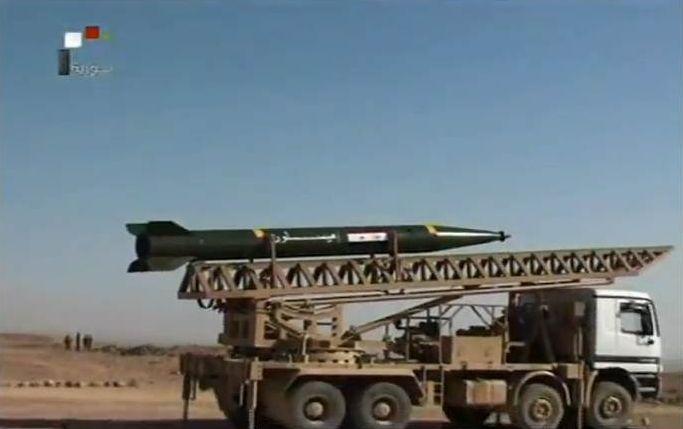Fateh missiles and Russian-Iranian military cooperation to bolster Assad
French and Israeli intelligence sources affirmed Saturday, Dec. 29, that, contrary to reports appearing in the United States Friday, Iran has accelerated rather than slowed down its 20-percent grade enrichment of uranium and is racing toward a nuclear weapons capacity. Furthermore, for the moment, there is not the slightest indication that Supreme Leader Ayatollah Ali Khamenei has any intention of accepting the Obama administration’s latest plan for a nuclear deal.
As debkafile has revealed, this plan would require Iran to discontinue production of 20-percent enriched uranium (which can be quickly converted to weapons grade material), and confine itself to producing low 5 percent uranium in agreed amounts. Tehran would also have to accept the removal from the country of its entire stock of 20-percent refined uranium.
The same sources point to the first appearance this week of Iran-made Fateh A-110 high-precision, short-range missiles in the use of the Syrian army against rebel fighters, under the guidance of Iranian officers and instructors, as underscoring the inter-dependence Tehran draws between the Syrian and nuclear issues.
Khamenei now links an acceptable solution for the Syrian dilemma to his possible nuclear flexibility.
debkafile: When Iranians talks about an inter-power solution for ending the Syrian war, they mean a deal between Washington, Moscow and Tehran on both issues.
The Fateh missiles are being fired quite openly by Iranian military personnel in command of Syrian missile units as Tehran’s answer for the deployment of US, German and Dutch NATO Patriots on the Turkish side of the Syrian border. They also carry a message in response to Israel’s threat of offensive action against Syria if it becomes necessary to thwart its use of chemical weapons. According to our French and military sources, Tehran is using the Fateh missiles and the Iranian military presence in Syria to warn that there is no bar to their use against Turkey, Jordan and Israel as well, in the event of a US or Israel attack on Syria’s chemical stores.
On no account, will Iran permit the overthrow of Bashar Assad’s regime in Damascus. At most, Tehran conceives of his departure in stages and handover to an emergency government led by the military or an armed forces faction to which certain opposition elements may be co-opted. Elections, in the Iranian view, must be deferred until hostilities end and the security situation is stable.
American and French sources agree that Tehran and Moscow have attained full coordination in their strategies for Syria and also on Iran’s nuclear program. They note that it was not by chance that the Russian Navy Wednesday, Dec. 26, launched its largest sea maneuver ever in the Mediterranean and the approaches to the Persian Gulf, just two days before Iranian warships, submarines and aircraft embarked on their week-long Velayat 91 sea exercise in the Straits of Hormuz, the Gulf of Oman, and northern parts of the Indian Ocean.
The command centers of the Russian and Iranian war games are under orders from Moscow and Tehran to jointly exhibit naval muscle in order to bolster the Assad regime against collapse.
Parallel to the influx of Fateh missiles from Iran to Syria, Moscow is rapidly expanding the deployment of its highly-sophisticated S-400 air and missile interceptors in Russia’s southern military region near the Turkish border.


